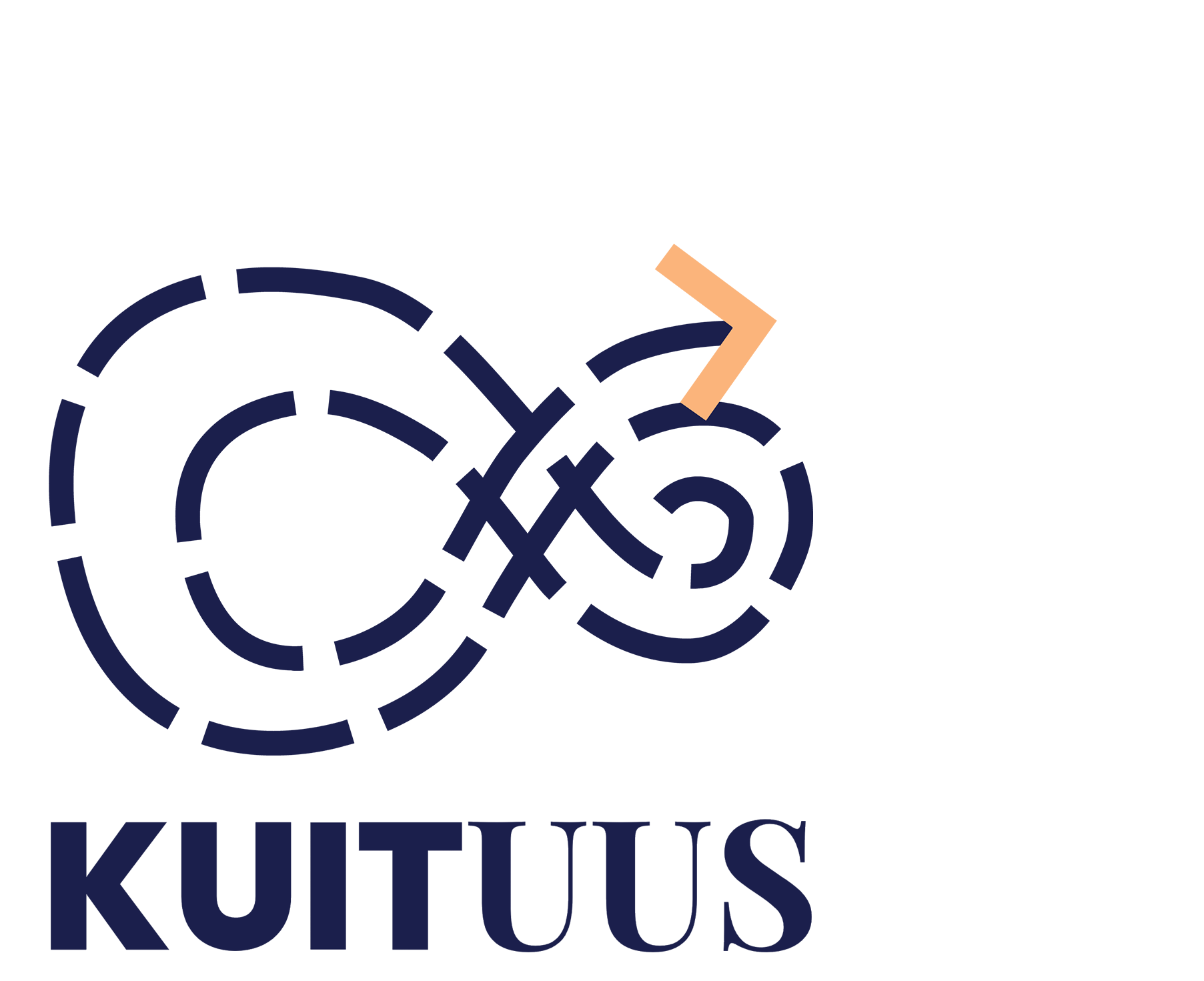30 Nov PODCAST 4: MACHINE IDENTIFICATION OF TEXTILES IS AN IMPORTANT PART OF THE EFFICIENT RECYCLING OF TEXTILES
The EU legislation obliges member states to separately collect post-consumer textile waste by 2025. In Finland, the separate collection of textiles is meant to start by 2023. In order to efficiently recycle textiles, materials of recycled textiles must be identified. In the past, the sorting of textiles has largely depended on the information given by the laundry symbols but with the help of technology, identification can be refined and enhanced.
Mikko Mäkelä, Research Professor at VTT says that it is possible to identify the chemical composition of textiles with infrared radiation. Identification equipment compares the interaction between infrared and a textile sample to a validated material library and then identifies the material. It is possible to get infrared identification technology even as a measuring device connected to a mobile phone. This application is good for identifying smaller textile volumes. A more suitable alternative for the processing of large material flows is a measuring device connected to a conveyor belt. The device helps to direct textiles into proper collection containers based on their material composition. In the future, it may be possible to automatise the recycling process altogether. According to Mäkelä, the intent is to get these kinds of automatised systems into commercial use in the next five years.
The identification needs of recycled textiles depend on the extent of their material flows as well as on their origin and use. Finnish TAUKO Design designs and produces womenswear collections from upcycled textiles. TAUKO Design collaborates with textile maintenance companies who take care of the sorting of textiles so that only cotton and mixed fabric sheets are delivered to TAUKO Design. According to Mila Moisio, CEO of TAUKO Design, the materials are identified manually – the feel of the sheet reveals the composition.
“Cotton is a much harder fibre and polyester-cotton descends better. It also does not wrinkle in the same way so you can wrinkle it and see how it reacts. Polyester-cotton is also a lighter fibre so that will tell you something too”, Moisio clarifies.
The amount of textiles that are delivered to TAUKO Design is very small and they utilise textiles as such which is why visual identification has been a functional solution for them. However, all textiles cannot be upcycled as such but must first be recycled back into fibre. In that case, the identification of the fibre is all the more important. Especially in chemical recycling – where textile fibres are separated from one another by means of chemical reactions – the identification of textile composition is crucial in order to better control the recycling process.
However, also companies that use recycled textiles as such can benefit from automatised identification. Machine identification of textiles makes it easier to, for example, predict the dyeing result. Furthermore, the EU legislation requires that the composition of consumer textiles is reported within a margin of three percent – the fibre content of textiles can change during their use which is why machine identification would help in defining of the composition of reusable textiles.
Machine identification of textiles is one part of the circular economy transition facing textile industry. Thus, textile industry and its development should be actively followed in Finland.
“In Finland, there is a lot of research that aims at mainstreaming the utilisation of textiles and their recycling. In addition, we have a lot of active actors on the private sector in this area, and then we also have this upcoming international legislation. In my opinion, this is an extremely interesting time to be an actor and to participate in the textile sector”, Mäkelä summarises.


